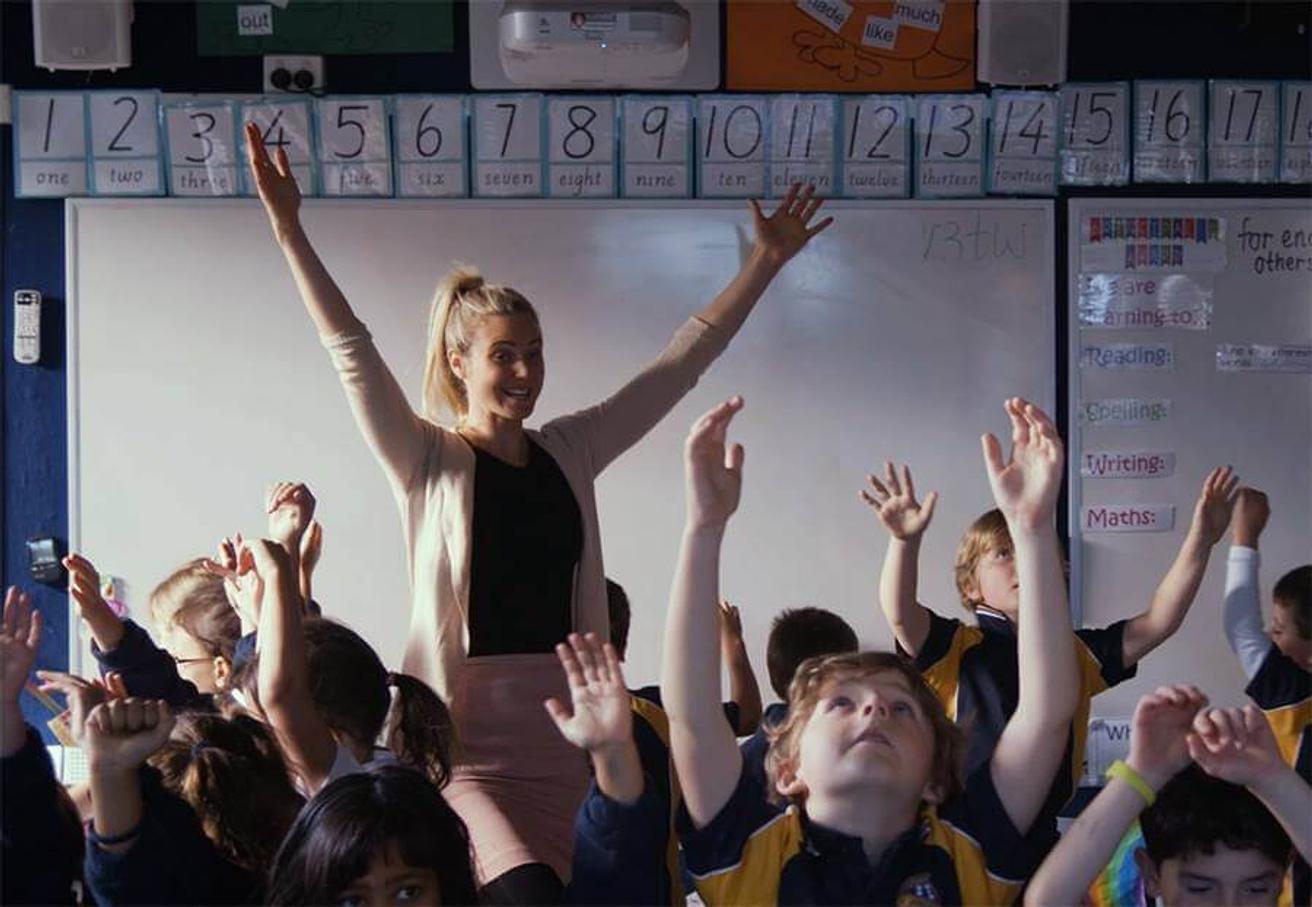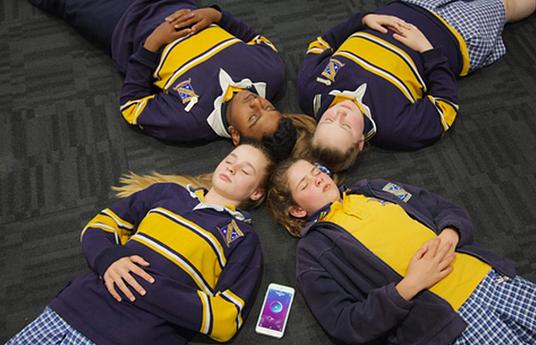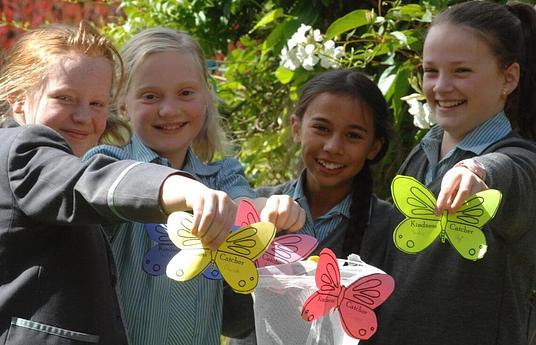Mindfulness is a trend sweeping through blogposts, articles and Instagram posts – but could it soon be a part of our schools too? Teachers around the world are starting to incorporate mindfulness into their daily teaching practices to boost learning and help children to stay calm. “I use mindfulness as a tool at the start of the day, to get the children centred and grounded” says Anna Glumac, Teacher at St Joseph’s Primary School in Elsternwick, in Smiling Mind’s video.
Smiling Mind is a mindfulness app that gives users the tools they need to look after their mental wellbeing and build resiliency skills. Anna’s been using the app in her classroom to help her students, explaining, “In a lot of children’s lives they’re so stimulated (...) and they, just like adults, find it hard to stop and do one thing and just be in their own mind.”
Over-stimulation is a common thread of discussion when talking about today’s youth (and older generations too), as the amount of information we’re all receiving has increased dramatically with the developments in technology and invention of the internet. The Smiling Mind app is great for bringing children back inside their own minds when they’re overloaded with information which is particularly useful in a classroom setting, as Anna explains, “Another way I use mindfulness is during a learning activity when the children are at their seats, you can tell that the children are starting to get a bit heavy with cognitive overload so we might do an activity to get the children up and moving.”
Through learning how to use mindfulness tools, children are equipped with a life skill that can help them in many areas of their life. As Anna explains, the positive effects are numerous for her students, “I’ve noticed a really big movement with how children respond to each other after a mindfulness session, they’re more positive in the way that they bounce back from a challenging situation, they’re a lot more resilient as they have their own tools on how they can be mindful, and it’s been really amazing to witness how self-aware they are now. They can recognise those physical symptoms that happen inside their bodies and they know that their brains need those tools and strategies to calm down.”
The effects reach far beyond just one classroom’s walls, as Anna goes on to explain, “If we can make (mindfulness) a part of the classroom culture, we not only have a lot more of a connected classroom where students are more prepared to learn and feel calm and safe – it really goes throughout the whole school.”
Not only can mindfulness help the students to be prepared for life and communicate with each other, but it can help teachers and professionals work together too. “I’ve seen such a benefit through Smiling Mind, it has made colleagues a lot more receptive to each other and on the same wavelength with being on top of our student wellbeing, and our own wellbeing as well.”
Anna praises Smiling Mind’s easy approach as a simple introduction to mindfulness, no matter whether you’ve experienced it before or not, “A tool like Smiling Mind helps me to be a better colleague and is really helpful for those people who don’t know what it is to meditate, as it’s a really easy guide.”
Find out more about Smiling Mind and how to incorporate it into your classroom on their innovation page.



